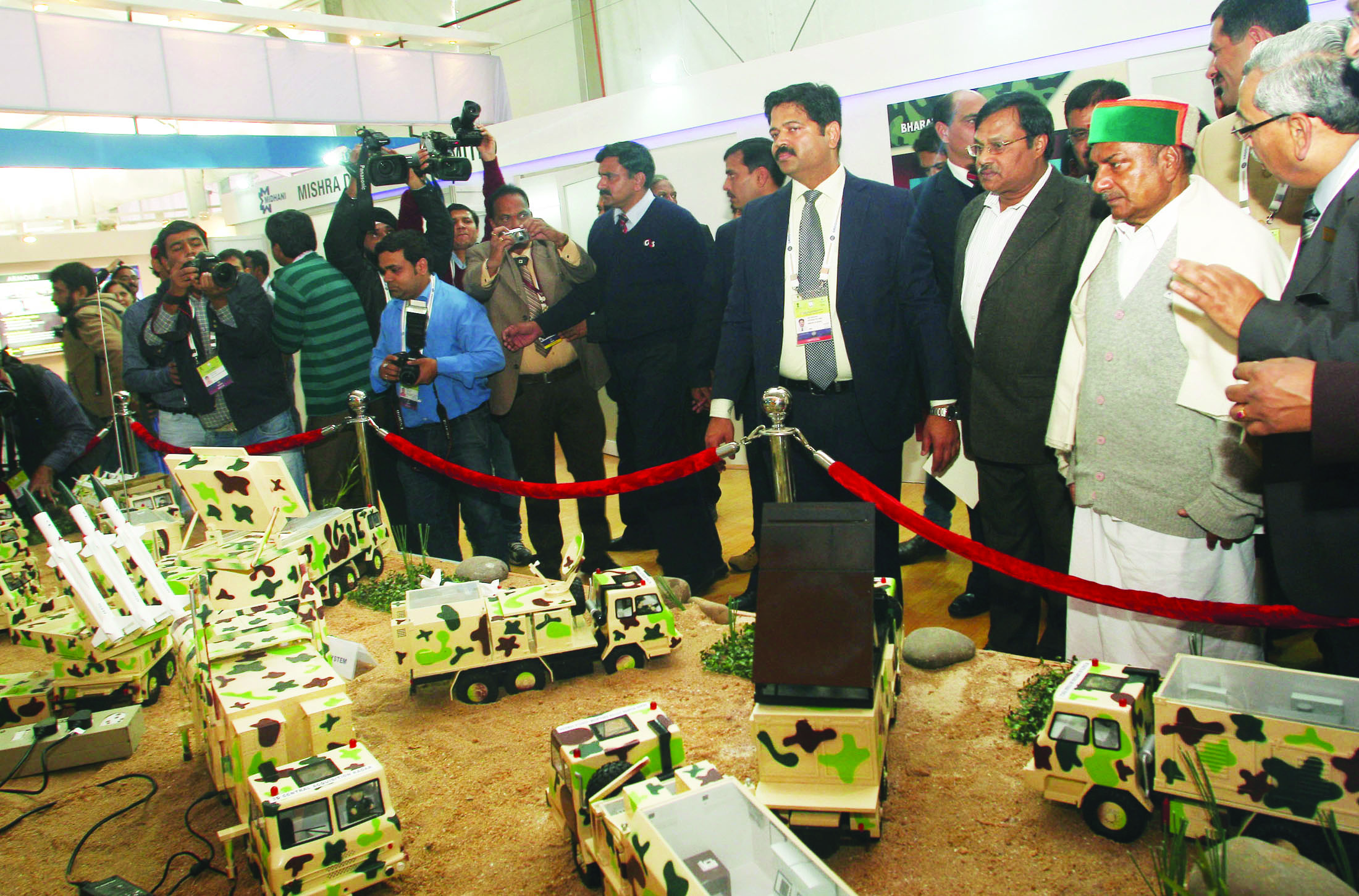
Over the years, with planning for the future and in step by step approach and with help from civil industry and shipyards invariably under Naval Admirals and staff, the Indian Navy (IN) has transformed from a ‘Buyer to a Builder’s Navy’. IN has also operated second hand ships including the modern aircraft carrier INS Viraat (ex-HMS Hermes) for 29 years since commissioning in 1987 to 2016 with Sea Harriers.
The story needs to be told and is relevant for the Indian Army which has only recently set up an Army Design Bureau (ADB) on lines of Navy’s Design Directorate (NDD) with naval officers, and for the Air Force which has relied a lot on Hindustan Aircraft Ltd (HAL) as its sole supplier and the Aeronautical Design Authority (ADA) with a majority of the civil designers. On the other hand, the Navy has trained designers and used officers and sailors from its own. This is the story with recommendations derived from the Navy’s journey of success.
India’s history has been influenced from the seas since the arrival of foreign powers in the 15th century who went on to rule, and indirectly robbed India of its wealth and also the region’s till India’s Independence on 15th August, 1947 when Pandit Jawaharlal Nehru gave his inspiring ‘Tryst with Destiny’ speech in Parliament at midnight, that the nation and the English speaking Indian Navy harked. The foreigner’s route to subjugate India was by the seas and their Navies were their vehicles. In the two world wars, the allied navies played a large role in victory for the allies and Japan’s surrender to Gen Douglas MacArthur took place on USS Missouri with representatives of Japan on September 2, 1945 when more than 250 allied warships laid at anchor in Tokyo Bay with Indian representation.
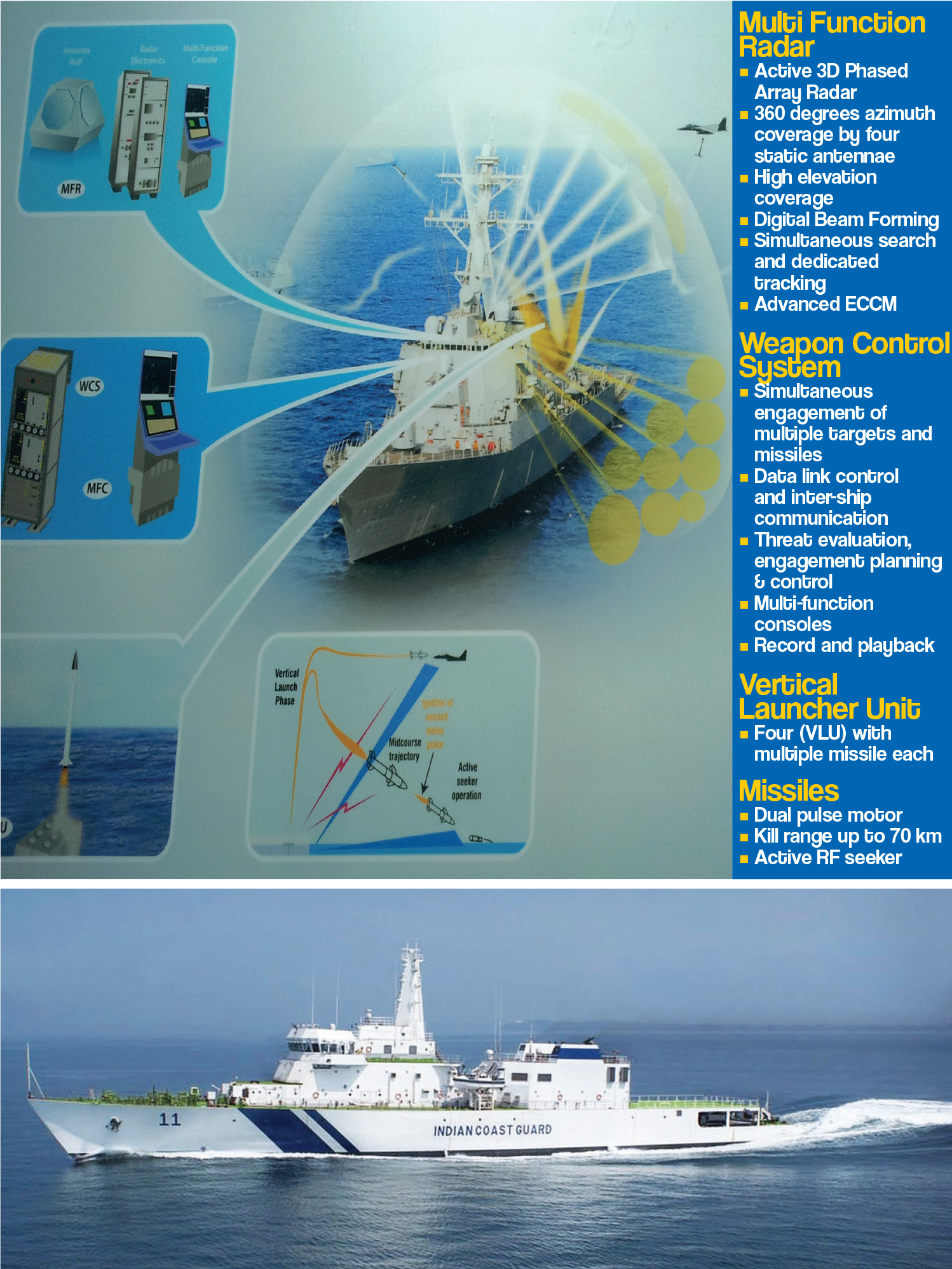 The Royal Indian Navy (RIN) was formally instituted at the then Bombay on October 2, 1934 and its ships and establishments carried the prefix HMIS (His Majesty’s Indian Ship). When World War II started in September 1939, the Royal Indian Navy was a miniscule force, consisting of eight warships and about 1,500 sailors and 150 officers. Calls went out for young men to join the RIN, with attractive, “Join the Navy and See the World”, posters. Officers and key sailors were sent to the UK for training. By the time the war ended, its strength had multiplied almost 15 times. In December 1945, it had 2,438 officers, 214 Petty Officers and 21,193 ratings and the bases were expanded south to Cochin, to become a hub for training officers and seamen with an air station for the Fleet Air Arm, which the the US Air Force also used.
The Royal Indian Navy (RIN) was formally instituted at the then Bombay on October 2, 1934 and its ships and establishments carried the prefix HMIS (His Majesty’s Indian Ship). When World War II started in September 1939, the Royal Indian Navy was a miniscule force, consisting of eight warships and about 1,500 sailors and 150 officers. Calls went out for young men to join the RIN, with attractive, “Join the Navy and See the World”, posters. Officers and key sailors were sent to the UK for training. By the time the war ended, its strength had multiplied almost 15 times. In December 1945, it had 2,438 officers, 214 Petty Officers and 21,193 ratings and the bases were expanded south to Cochin, to become a hub for training officers and seamen with an air station for the Fleet Air Arm, which the the US Air Force also used.
Most officers took part in the Second World War and earned their spurs in the war, but the 1946 Naval Mutiny which started from Bombay barracks and spread on all ships gave the Navy a bad name in the eyes of the British officers, who were in command and the RIN’s role was neglected in the written British history, though the Navy was a force to reckon with. But soon after 1947, the Indian Navy found it was depleted with many assets going to Pakistan.
Governor General Lord Louis Mountbatten, a Naval Admiral, scripted a naval plan for India which included three aircraft carriers and list of warships aware that India’s passage to the future, and its prosperity and security in the 20th and 21st centuries will depend a lot on the Oceans around India, and that of the security of the choke points of Malacca, Hormuz and Babel Mandab would need sea policing. The ulterior motive of Britain was also to supply the Indian Navy with second hand ships, instead of monetary compensation for war reparations.
This led to the arrival of the second hand cruiser 6,500 ton cruiser INS Delhi (ex-HMS Achilles) with nine 6’’ guns manned by 800 soon after Independence on July 5, 1948, and three Godavari and three Rajput class destroyers with torpedoes, and the 8,000 ton cruiser INS Mysore (ex-HMS Nigeria 1958) as surface fighting units. This was followed by the Majestic class aircraft carrier INS Vikrant (ex-HMS Hercules 1961-1987) manned by 1200 with Sea-Hawk fighter jets and French ASW Breuget Alizes. This put confidence into the Navy to maintain and repair warships and emplyoy the technology as nine other modern Type 12 Khukri /14 Brahmaputra /16 Talwar class newly-built frigates arrived.
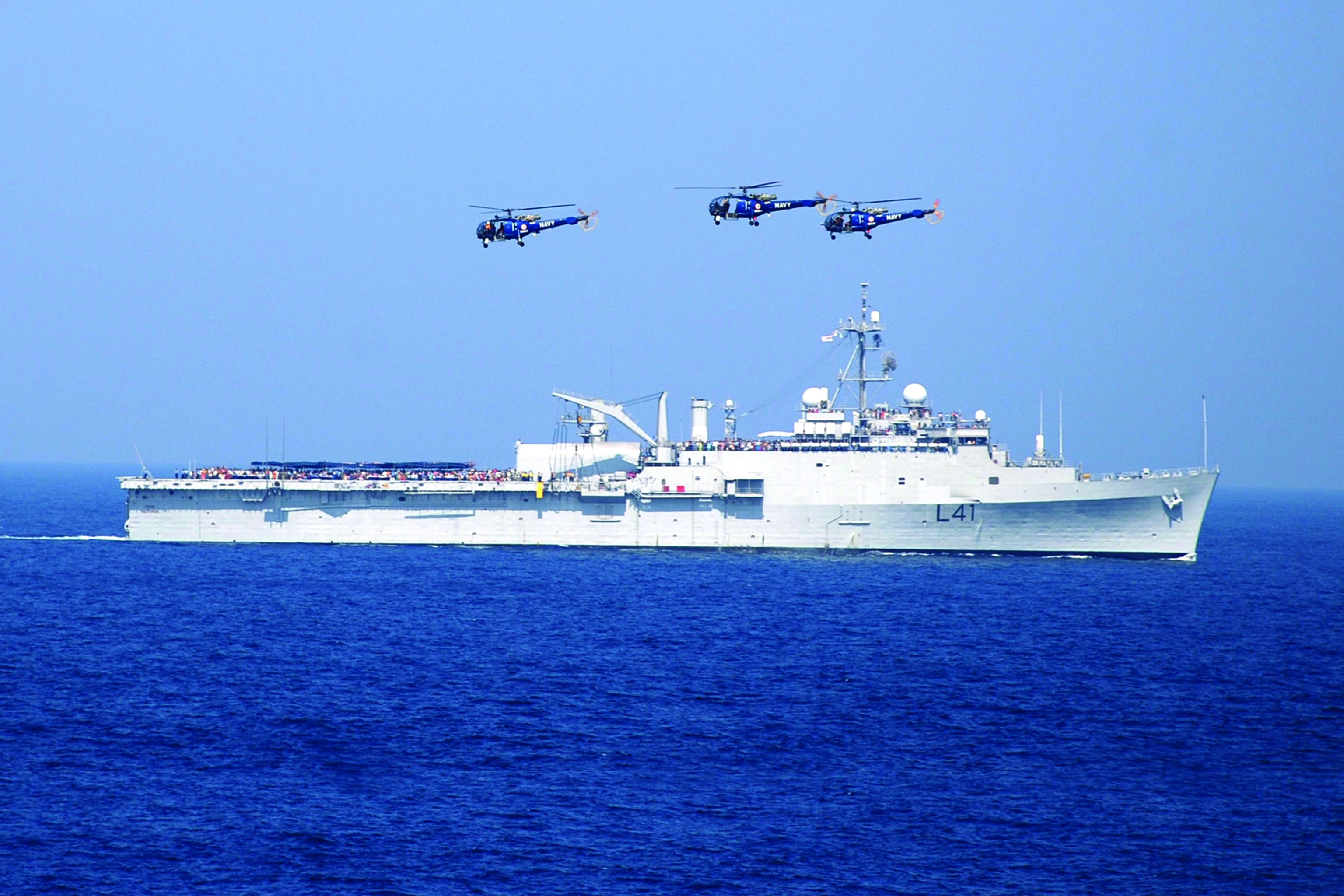
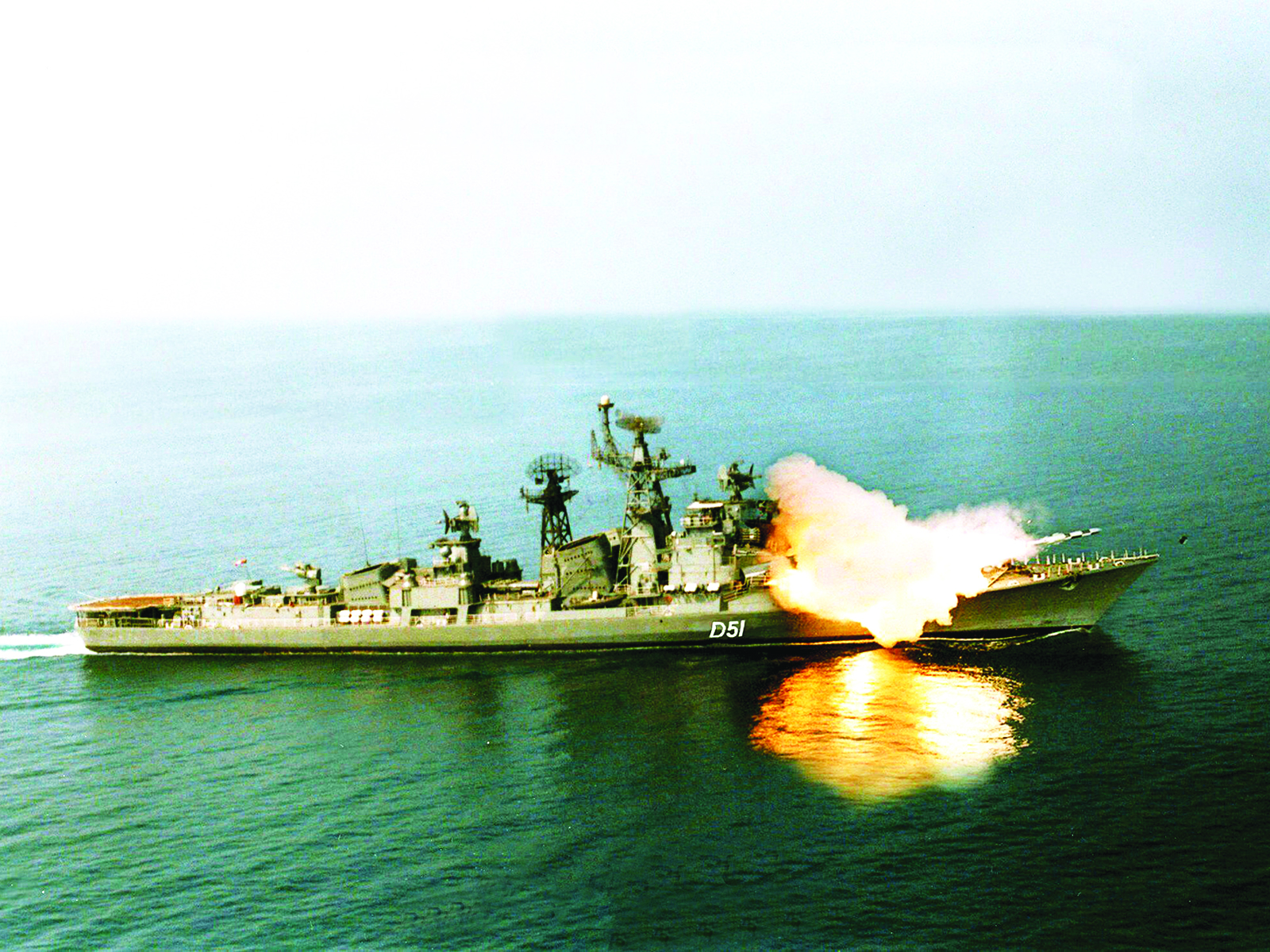
Some few hundred officers and thousands of sailors were deputed to the UK for long durations and exposed to ship building and trials in Plymouth, Portsmouth, Belfast and Bath and stood by the ships they took over with kudos. This injected a technology base into the Indian Navy how ships are built by the 1960s. It is they who took courage at the helm of the Navy and decided that the Indian Navy must build ships in India and the Indian Navy has not looked back. Later officers and sailors stood by submarines and ships in the Soviet Union and learnt about designing and building warships from hard professional taskmasters.
The Indian Navy has always taken note of President Roosevelt’s saying, “A Strong Navy is the best Insurance For Peace,” and the rise of the Indian Navy in qualitative and quantitative terms has seen landmark developments for India as a maritime power over the last two decades, though budgets for the Navy have waxed and waned. In this context, the Directorate of Naval Design (DND) was set up on November 17, 1956 in a small premises with Constructor officers trained abroad and in IIT Kharagpur and they went on to take on the designing of small ships first, and supported Indian shipyards to built them fitting imported engines, weapons and electronics, sonars and radars. Knowing Indian conditions the brighter technical Constructor officers used the Leander design of INS Nilgiri built at Mazagon Docks Ltd in 1967 to increase the length and breadth to make bigger ships like the Type 15 Delhi class and the Shivaliks in service. The design directorate for surface ships is in Greater Kailash and for Submarines in RK Puram in New Delhi.
Another technology design team, earlier classified, is the Weapons Electronics Systems Engineering Establishment (WESEE) set up in a flat in New Delhi as a Navy’s own R&D arm with technical naval officers who had served in ships and appreciated naval needs. It is now in RK Puram. At first, they set out to modernise India’s legacy Navy ships by retrofits and fit latest technology in consultation with DND.
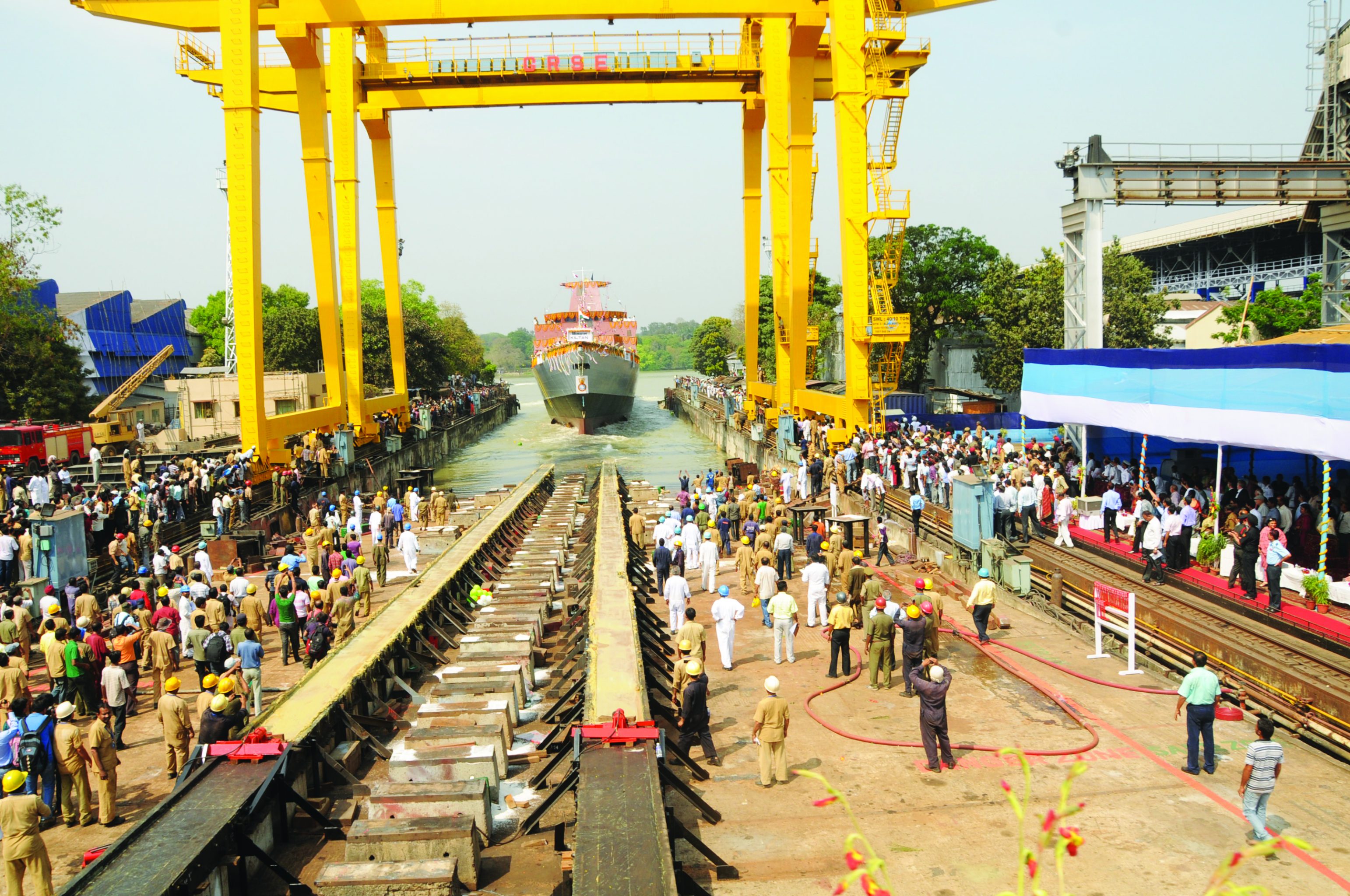
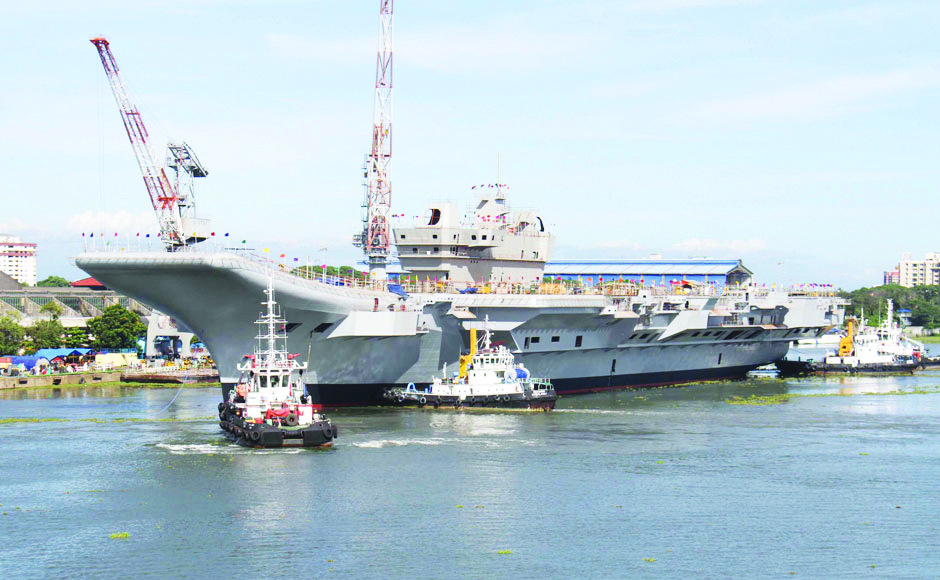
The WEESE-BEL HUMSA-NG sonars to hunt submarines and Indian built Command and Combat systems have proved operational successes over time as WESSE has contributed to assist Bharat Electronics Ltd and civil companies manufacture radars, communication security modems, cyber security and linked GSAT 7 with ships for data transfer via the space satellite with imported Orbit Technologies Rukmini terminals on ships. Much other work remained classified and DRDO scientists have joined WESEE.
For the long-term naval technology roadmap that was set up long ago (which) is now in place after regular consultations other stakeholders and industry that has made the ‘Make in India’ thrust on an overdrive in the Indian Navy. The focus now in the roadmap is on weapons, sensors and cutting-edge technologies with certain milestones and required timelines. The ‘fight’ component which has been a laggard has been made a thrust area. This is the roadmap for the Army and Air Force with recommendations.
In a short span of half a century, India with no established ship design capability is today on the threshold of building its first indigenous aircraft carrier 37,500 ADS Project 71 (See picture), self designed destroyers, ASW corvettes and OPVs. A secret ATV nuclear submarine project is also sported by the Navy’s 350 strong constructors in service and some now working for the Engineering giant Larsen and Toubro Ltd (L&T). This remarkable achievement is a consequence of progressive development and focused endeavours. IN’s bold leadership had the vision to distinguish the Navy from other services by setting the foundation for designing its own platforms, with the UK training and help from Russia’s Serevonye and Krilov Institutes and now trained at IIT Delhi set up by the Navy in the 1980s.
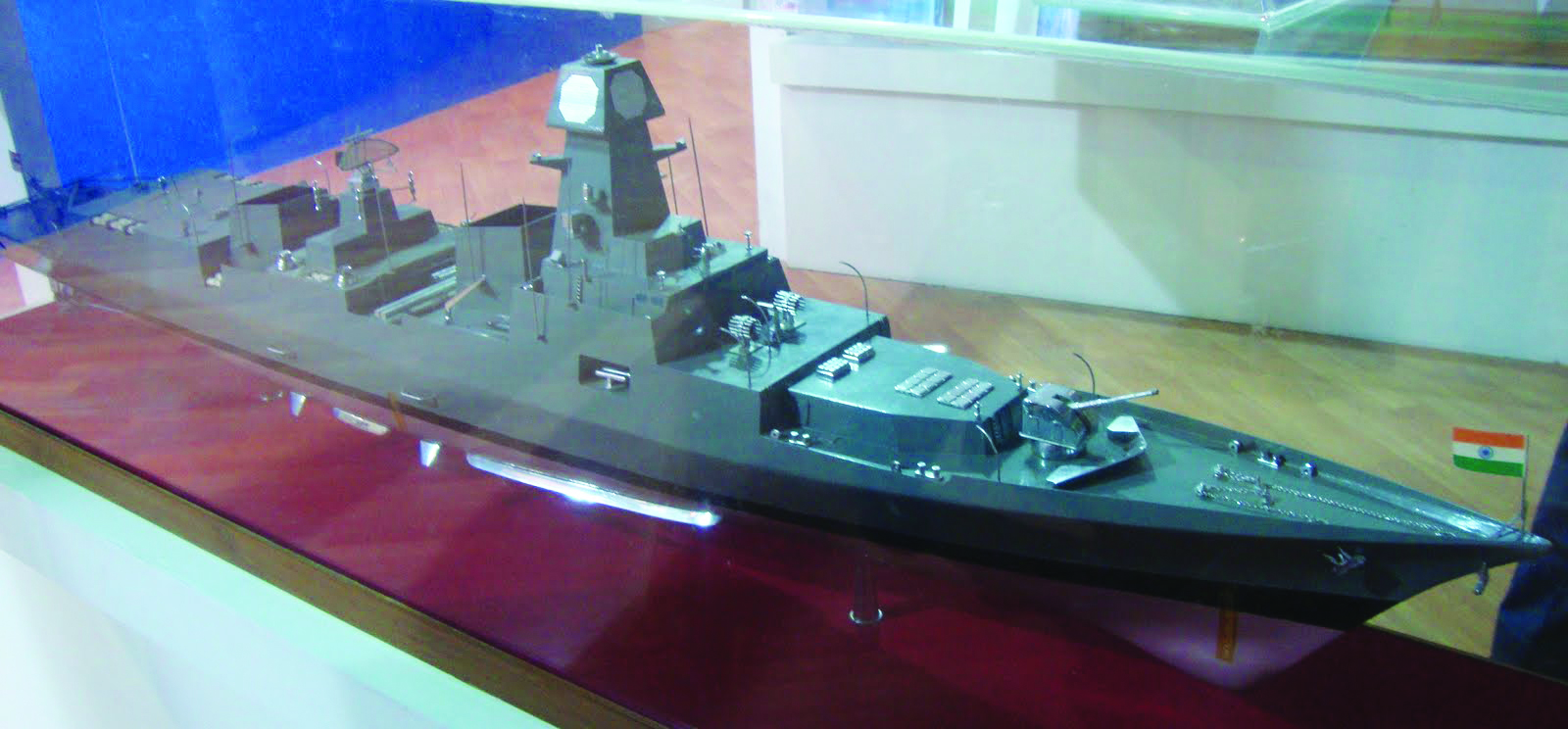
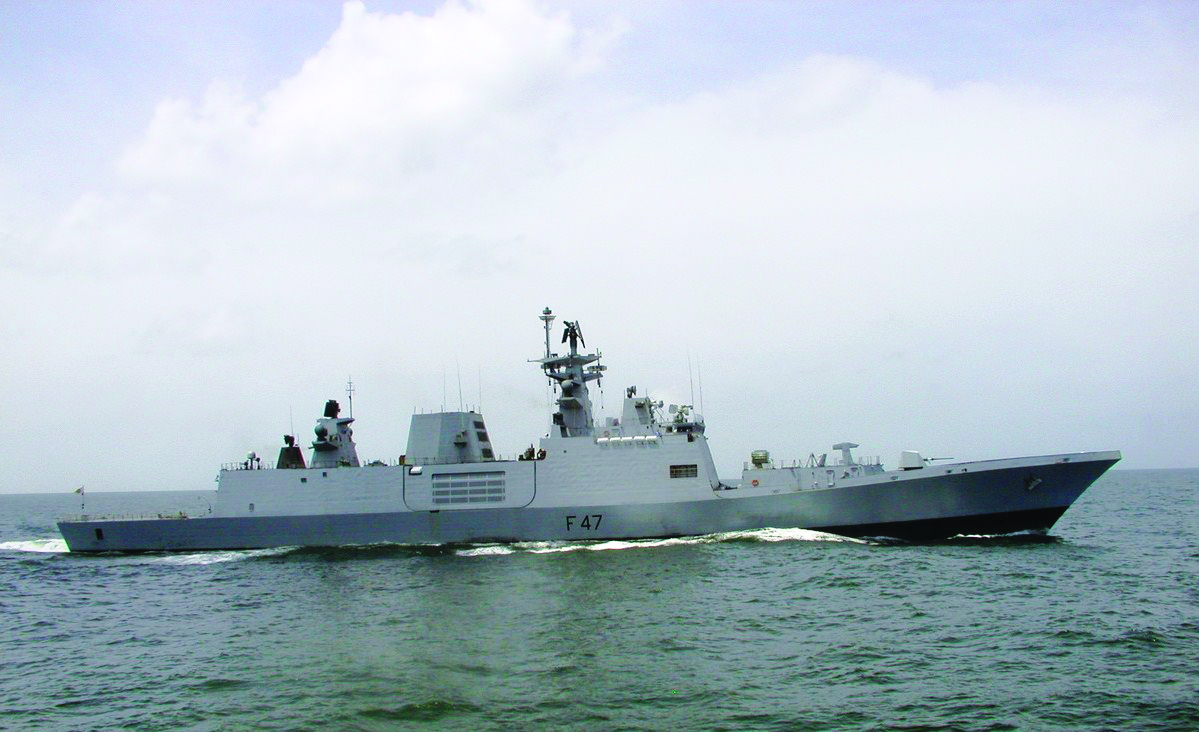
RECOMMENDATIONS FOR THE ARMY AND INDIAN AIR FORCE
While the writer is conscious that inter service co-operation in India is more personality driven rather system driven, still the following brief recommendations are offered with the start point that each service needs to write a realistic Vision Document to ensure the nation, the services, and the industry is aware what the Service looks forward to.
-
- The Army and IAF will need to select technical and likeminded officers and depute them to design training institutions or manufacturing organisation in their fields to advance their skills and also support an IIT for their sub-specialisation for junior officers to form a cadre of designers. The Navy has done this.
- The selected design team officers of the Army and IAF should visit the DND (Surface and Submarine) and WESEE set ups and study the working, manning and financial models which include a large civilian component and DRDO deputations. The DND and WESEE should share details and lists of civilian firms they have collaborated with and officers have spent time with.
- The Army and IAF need to study how the Navy has co-operated with DRDO for sonar and many nuclear submarine projects with cross-fertilisation especially in the BrahMos and ATV nuclear submarine projects and set up such joint start ups.
- The Navy wisely adopted the NATO STD 1555 ring bar electric wiring for multiple power supplies and such standards, and the Army and IAF should direct such standards in their working.
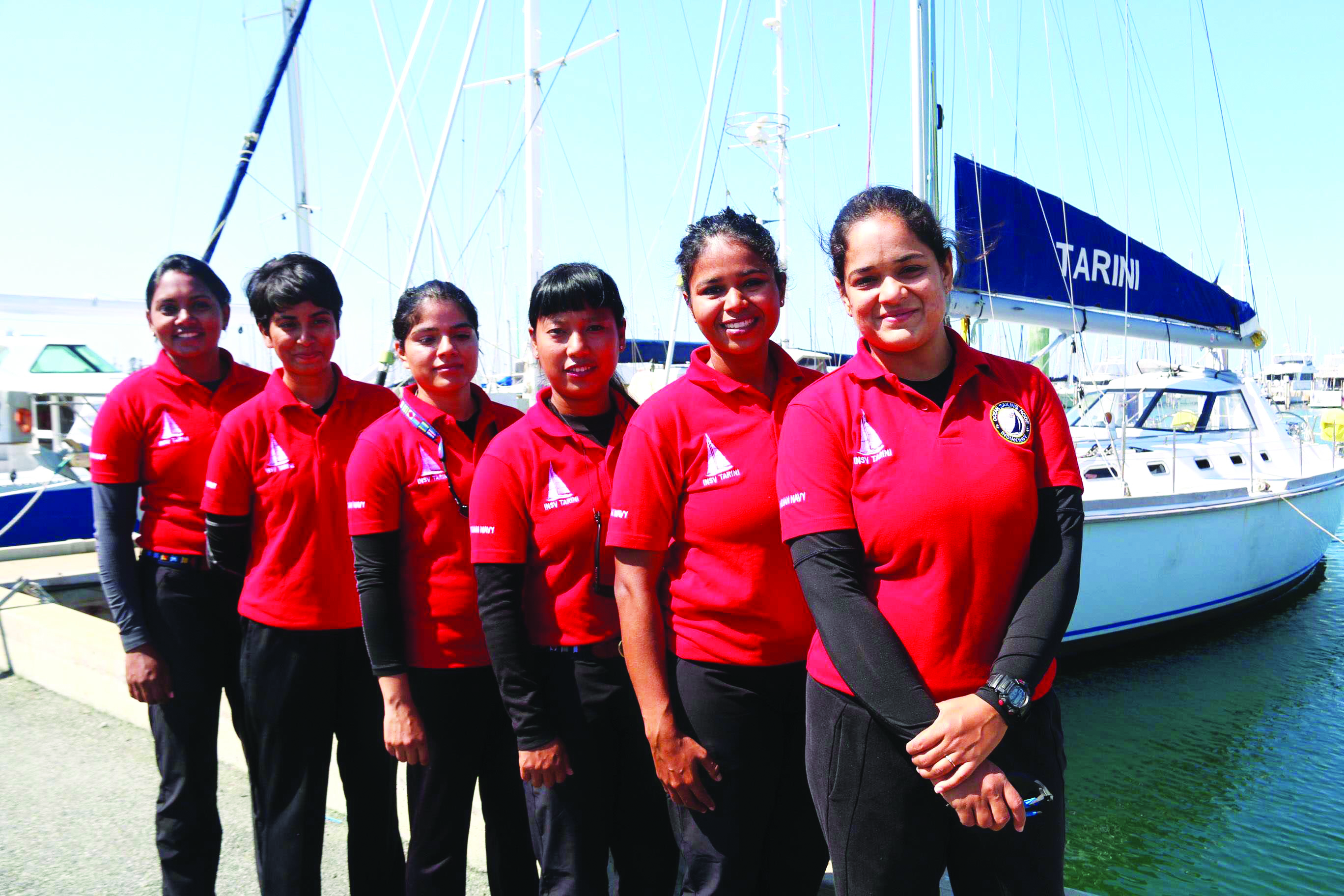
- Other two services have to study the role played by the Directorate of Indigenisation (DOI) at Chanakya Bhavan in New Delhi, which encourages the Indian companies to reverse engineer imported, mid end products, and arranges visits of vendors to ships to witness systems operating. This will energise the indegenisation of equipment which is now in progress with institutions such as CII, Assocham and FICCI, and Society of Indian Defence Manufacturers (SIDM) under Jayant Patil Director L&T.
- The Army and IAF have to visit a Naval PSU shipyard to see how much naval content including top naval management is inducted to steer ship building and how NHQ holds hands for success and mid course corrections which has been absent in the Arjun and LCA projects.
- As many years have passed and technology has galloped, the Army and IAF may consider inviting foreign experts in the field of choice to their design directorates for a short period.
– The author is editor of The Modern and Future Indian Navy Diary-2018 Edition ISBN 9780003289866









